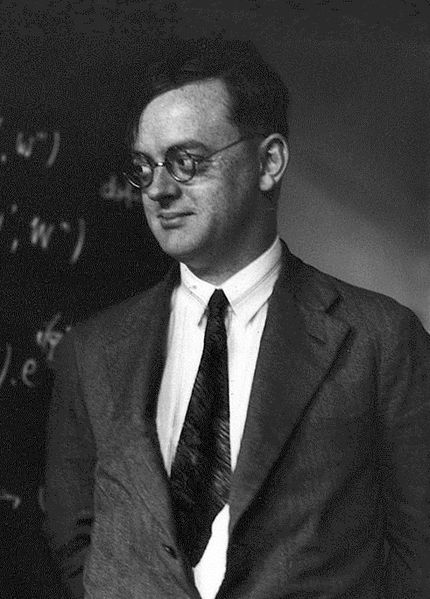He started working at night and sleeping during the moring/early afternoon while he was at university.
He was the type of guy that was so good that he didn't really have to follow the university rules very much. He would get into trouble for not following some stupid requirement, but he was so good that they would just let him get away with it.
Besides quantum electrodynamics, Julian worked on radar at the Rad Lab during World War II, unlike most other top physicists who went to Los Alamos Laboratory to work on the atomic bomb, and he made important contributions there on calculating the best shape of the parts and so on.
He was known for being very formal mathematically and sometimes hard to understand, in stark contrast to Feynman which was much more lose and understandable, especially after Freeman Dyson translated him to the masses.
However, QED and the men who made it: Dyson, Feynman, Schwinger, and Tomonaga by Silvan Schweber (1994) does emphacise that he was actually also very practical in the sense that he always aimed to obtain definite numbers out of his calculations, and that was not only the case for the Lamb shift.
physicist with lots of focus on politically incorrect/Right wing stuff:
- motls.blogspot.com/ his blog
- physics.stackexchange.com/users/1236/lubo%c5%a1-motl he has lots of contributions to Physics Stack Exchange
- settheory.net/crackpot-physics: some comments about him from settheory.net
One of the leading figures of the early development of quantum electrodynamics.
Ciro Santilli feels a bit like this guy:
- he's also an idealist, even more than Ciro. So cute. Notably, he he also dumps his brain online into pages that no-one will ever read
- he also thinks that the 2010's education system is bullshit, e.g. settheory.net/learnphysics
- trust-forum.net/ some kind of change the world website. But:is a sin to Ciro. Planning a change the world thing behind closed doors? Really? Decentralized, meh.
- antispirituality.net/ his atheism website
singlesunion.org/ so cute, he's looking for true love!!! This is something Ciro often thinks about: why it is so difficult to find love without looking people in the eye. The same applies to jobs to some extent. He has an Incel wiki page: incels.wiki/w/Sylvain_Poirier :-)
As of the 20th century, this can be described well as "the phenomena described by Maxwell's equations".
Back through its history however, that was not at all clear. This highlights how big of an achievement Maxwell's equations are.
The finite element method is one of the most common ways to solve PDEs in practice.
As opposed to:
- 2020 cryptocurrencies, while governments still don't accept them for taxes, as well as other assets that are also not accepted for taxes (i.e. most assets)
- physical currencies that have intrinsic material value, e.g. gold coins
There are unlisted articles, also show them or only show them.

